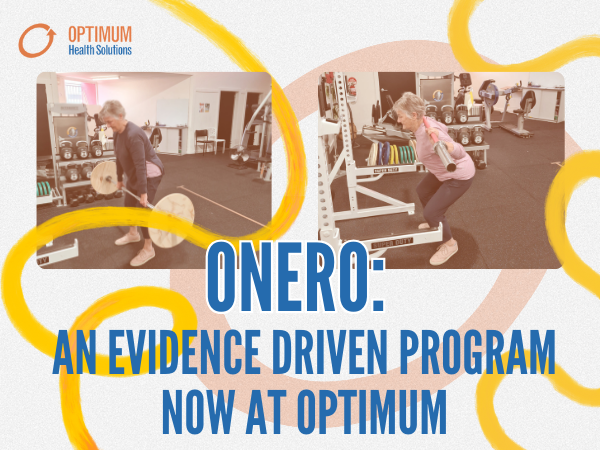What:
When you hear your exercise physiologist talk about exercise intensity we are talking about how hard you are working during a given activity. There are many ways to measure exercise intensity, a number of which you may have seen performed in one of our clinics. These include but are not limited to:
- Percentage of maximum heart rate or heart rate reserve- Measured with a heart rate monitor or via cardio equipment heart rate detectors. The higher the intensity the higher the percentage.
- Blood Pressure- Exercise increases BP above resting levels and drop below after cessation of exercise (post-exercise hypotension).
- Rating of Perceived Exertion (RPE) – A quantitative subjective measure of intensity as reported by the individual performing the exercise.
- Talk or Whistle Tests: At higher levels of intensity our ability to do things like talk or whistle are diminished.
Why:
Well, the easy answer would be to say to refer to the ACSM or ESSA guideline that recommends that the general population perform a minimum 150 minutes of moderate intensity exercise a week (30-60 minutes 5 days per week) or 60-90 minutes of vigorous exercise a week (20-60 minutes 3 days per week). However, the real answer is that intensity is relative. What may be an RPE of 18 for one person, may only be a 12 for another. Let’s take a look at a 2km jog. If a marathon runner was to perform this it would be a very low intensity for them, in fact, they may only experience a very minimal increase in heart rate. Now if one of our Exercise Physiologists were to complete the same run at the same speed this may fall somewhere in the moderate intensity category. But, if we switch our AEP out with a sedentary individual with very minimal exercise experience this could be a very high intensity and be pushing up towards their maximum heart rate. It is also important we monitor intensity as it has to be specific to our individual goals. There is no point training a high-intensity 100m sprinter by making him do a low-intensity 1km walk. Although despite all the benefits of monitoring stated above, possibly the most important reason to measure is safety. It is essential with some conditions, especially those of a cardiovascular nature i.e. heart, that we monitor the level of intensity so as to reduce the risk of a medical event occurring.
How:
I’ve already answered how we monitor intensity, but how do we modify our programming to increase or decrease intensity? There are a number of ways we can increase intensity, methods such as high-intensity intervals throughout a resistance program, increasing the incline of the treadmill, adding weight to an exercise or increasing speed are just a few of these techniques. In fact, lowering the intensity in the case of a new diagnosis or negative reaction is often more of a challenge, which is why seeing an ESSA accredited AEP is the safest way to commence an exercise program regardless of your current health status. Intensity can be decreased by focusing on muscle activation rather than the level of resistance, using light-moderate cardiovascular exercise as a warm-up, commencing in the hydrotherapy pool and closely monitoring response to exercise.
Regardless of your current health or fitness level, there is an intensity for you so do not use this as an excuse not to exercise. And remember, if objective measures such as heart rate monitoring aren’t available, be honest. If something feels too easy, it probably is, you are only cheating yourself!








